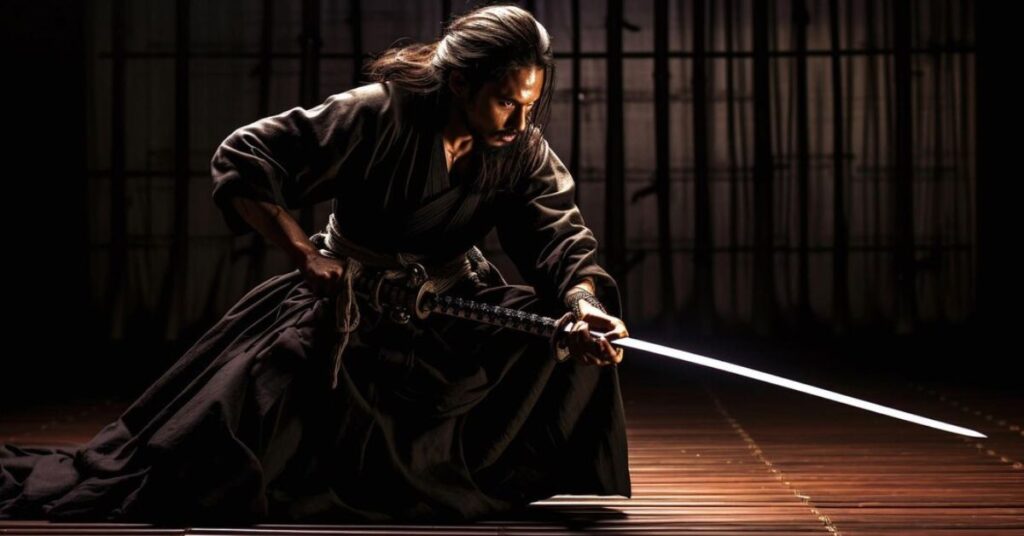The katana, a famous part of the Japanese culture, has been wowing people for ages with its sharpness, quality, and building. Historically, these swords are produced from carbon steel by folding and hammering the steel band.
This process produces a blade that is simultaneously hard and relatively more flexible. Although these methods have derived some of the best swords in history, they are restricted for use, especially in combat.
More recently, though, gaining ground as an application of material science to weaponry provided new methods of improving katanas using composites.
These modern materials incorporate different substances to produce better characteristics, providing a great opportunity for katanas to be improved in strength and durability and, importantly, relevant to today’s demand.
With modern technological advancement, integrated approaches incorporating the historic methods of forging an actual sword continue to revolutionize how katanas are produced and manufactured, making this significant fighting equipment valuable in both the modern and the martial arts worlds.
The Making of Katana
In traditional katana-making techniques, steel is folded several times and then hammered into shape to give the blade a hard, sharp cutting edge on one side and a softer, more flexible edge on the other.
This technique, though very efficient, has certain setbacks. For this reason, new methods are being researched to use composite materials in katana production to match the current world standards. These composites create a new material that can take advantage of all the components used.
What Are Composite Materials?
A composite material has more than one constituent material with different characteristics. When considering the metals from which katanas are made, composites can range from metal to ceramics or polymers.
The objective is to develop a sharp, flexible blade like a Katana that adds strength and protection from various external conditions.
Advantage of Composite material Katanas
Fibre-reinforced composites can improve the strength of a katana’s blade. Incorporating high-tensile fibres or ceramics makes the blade less prone to shattering and cracking, proving more effective during training or the actual fight. More advantages of using composite material in katana making include:
Improved Corrosion Resistance: They are also typically made of steel, meaning they can rust and corrode if not well taken care of. Fibrous reinforced material can ensure that the blade is not easily corroded; this will increase the blade’s durability and shall not require frequent maintenance.
Weight Optimization: Using lightweight composites in constructing a katana would decrease the weapon’s total weight while maintaining its strength.
This could lead to better weight distribution and weapon manoeuvrability, enhancing the user’s capability.
Enhanced Flexibility: Composites can be manipulated to reach the most suitable form for the hardness and flexibility combination. This ensures the blade can handle impact issues without becoming brittle or having its edge removed.
The Use of Advanced Technology in Manufacturing
Integrating composite materials in the manufacture of katana is not easy for the following reasons: Techniques like vacuum infusion, resin transfer moulding and third-party tooling are employed to produce exact and uniform composite structures.
Some of these technologies enable the integration of materials that would be difficult, if not impossible, for the forging process to assemble.
Balancing the Fine Line of Tradition and Innovation
The problem with making composite katanas is that traditional aesthetics and the craftsmanship of the blade must not be neglected. Today’s artisans and engineers strive to keep the spirit of the Japanese samurai sword alive while using the composite material simultaneously.
Here, tradition and innovation work in harmony, creating something that truly stands out, even to the requirements of contemporary users.
Conclusion
Given these factors, katanas made of composite material are the concept of swords of the future that pay homage to the richness of the Japanese tradition while taking advantage of the state-of-the-art technological advancements in material science.
As composites increase strength, durability, and performance capabilities, they open up a new world for katana lovers and users. Thus, the constant introduction of new technologies in various fields will not bypass the katana and the shamisen, guaranteeing the invincibility of this unprecedented weapon in the modern world.








1 thought on “Composite Material Katanas: Strengthening Swords with Modern Materials”